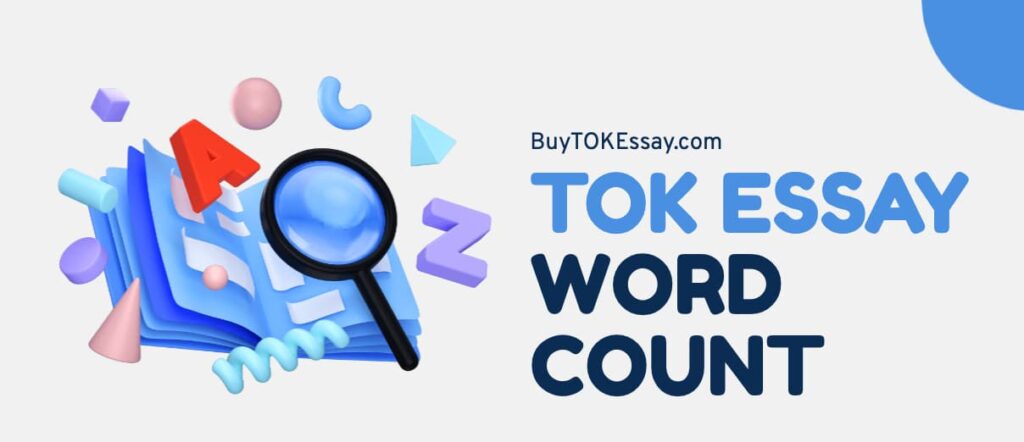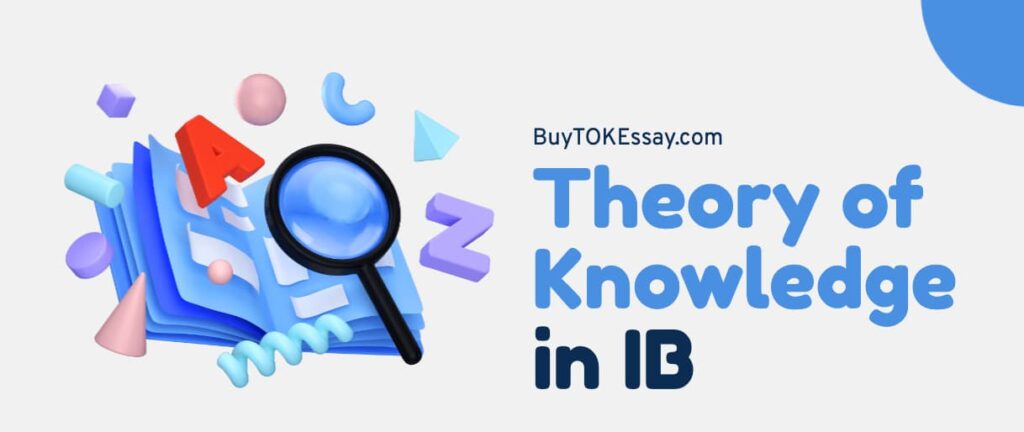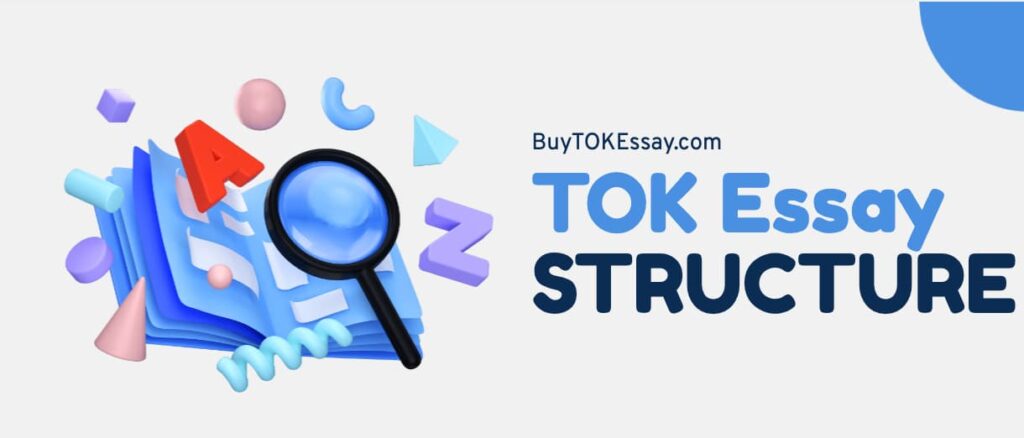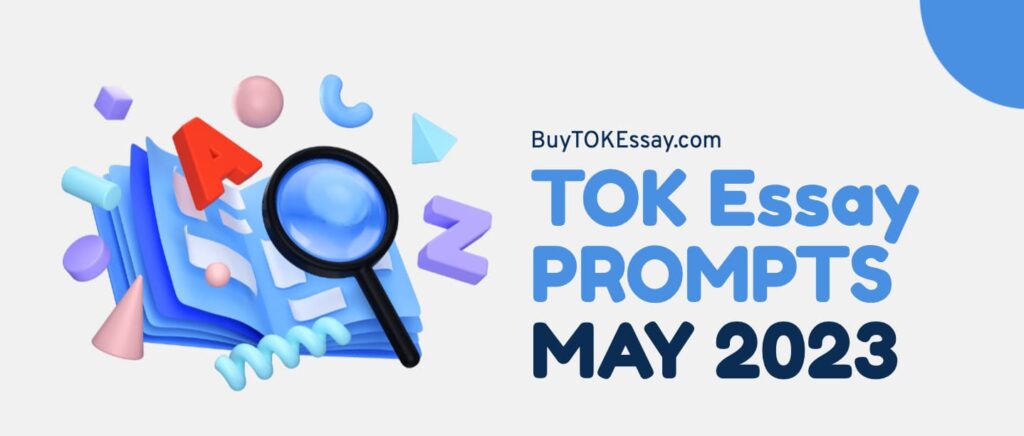The Theory of Knowledge (TOK) essay is a cornerstone of the IB curriculum and a task that often confuses students. Well, worry not! With years of IB experience, I’m here to guide you through the maze of TOK essays and help you snatch that elusive A grade. So, let’s get started!
Fundamentals of TOK Essay
Grasping the essence of the TOK essay is your first ticket toward nabbing that A grade. It isn’t just another essay; it’s a unique aspect of the IB curriculum designed to challenge your understanding and engagement with various areas of knowledge. To break it down further, here’s what you’ll be doing:
- Exploring a knowledge issue or question.
- Interacting with a variety of perspectives and interpretations.
- Applying real-life situations to illustrate your points.
A TOK essay should range between 1,200 and 1,600 words according to general IB criteria. However, it’s not just about hitting the word count; it’s about filling those words with analytical insights, critical thinking, and some high-quality writing.
Components of a Good TOK Essay
From my experience, a stellar TOK essay blends several critical elements. And while each paper is different, the following ingredients are almost always necessary for creating a compelling narrative:
- Clear Arguments. Every essay must have a thesis or a central argument. Make sure your idea is explicit and establishes the direction for your paper.
- Well-Defined Examples. Specific examples serve to substantiate your argument. Use options that are not only compelling but also relatable to the topic.
- Personal Insights. The TOK essay is an opportunity to showcase perspective. Insert moments where you share your insights or reflections to make the essay more engaging.
- Logical Flow. Ensure your essay has a logical sequence that the reader can easily follow. Use transition words and phrases to guide the reader through your writing.
- Strong Introduction and Conclusion. As we’ve already established, the beginning and end of your essay are crucial. They are what draw your reader in and leave a lasting impression.
- Thorough Research. Cite experts, theories, or studies that support your argument. It not only lends credibility to your essay but also helps you meet the IB’s academic standards.
- Revision and Polish. You’ll need to go through several rounds of revision to refine your essay, improve its flow, and eliminate any errors or inconsistencies.
By incorporating these elements into your TOK essay, you’re not just sticking to IB criteria but creating a rich, engaging narrative that your examiner will find compelling. So, what are you waiting for? Start planning your A-grade TOK essay now!
TOK Essay Assessment Rubric. Ready to Be Like a Pro?
Look, if you want that A, you need to think like the examiner. The TOK essay is graded out of 10, based on four key criteria:
- A: Focus on Knowledge Questions
- B: Understanding and Analysis
- C: Organization of Ideas
- D: Style and Language
📌 Here’s a simple trick – take the rubric, print it out, and keep it next to you while writing. Seriously. Read every sentence and ask, “Did I do this?” If you score yourself harshly on the rubric before your teacher does, chances are you’ll catch issues early.
Want to sound smart and structured? Nail your knowledge question, stay on point, and don’t forget: clarity beats fluff.
Choosing the Perfect Question for Your TOK Essay
Choosing the right question is more than just a first step; it’s like choosing the right key to a lock. The right issue will open doors to intellectual exploration and provide a fruitful ground for compelling arguments. Trust me, your choice in this matter has a domino effect, it sets the tone, the scope, and the challenges you’ll face in your TOK essay.
Align With IB Criteria
According to general IB criteria, a solid TOK essay question should lend itself to multiple perspectives and allow you to explore the subject in depth. This depth is crucial because it enables you to discuss the limitations and implications of your arguments, as required by the essay guidelines.
Passion Is Key
Yes, I know I’ve already said it, but it bears repeating: Passion is integral to your success. That energy will naturally infuse your writing if you’re enthusiastic about your topic. It can transform what might otherwise be a dry academic exercise into a lively and engaging discussion.
Brainstorm and Consult
Feel free to spend some time brainstorming potential questions. Write down all your ideas, no matter how outlandish they may seem initially. After that, consult with teachers, peers, or online forums to refine your question. This process is like sharpening a pencil; the more time you spend refining the tip, the more precise your writing will be.
Test the Waters
Before committing to a question, write a brief outline or introduction. You must reconsider your question choice if you struggle to generate ideas or arguments. On the other hand, if the words flow easily, you’re on the right track.

Research and Planning are Keys to the Perfect TOK Essay
If you’re aiming for that A, listen up: Your research is not a step to be skipped or skimmed. From my experience, it’s the backbone of your TOK essay and a crucial element that gives your arguments depth, credibility, and nuance. It’s like seasoning in cooking; without it, even the most well-intentioned dish will fall flat. Here’s where you can get strategic:
- Academic Journals. These are fantastic for credible and rigorous information, especially when you want to understand the academic debates around your topic.
- Books. Look for subject matter experts who have written extensively on the area you’re exploring. Their work can offer comprehensive insights.
- Case Studies. Real-world examples can breathe life into your essay. Just make sure they’re relevant and credible.
- Interviews. Talking to experts or classmates can provide fresh perspectives you might not have considered.
Remember, not all information is created equal. Cross-reference facts and opinions to ensure the integrity of your essay. After all, nothing undermines an argument faster than poorly sourced information.
In my opinion, an outline isn’t just a good idea – it’s a necessity. Begin by jotting down your key arguments, supportive examples, and how these fit into the overall structure of your work. Also, organize your points and personal insights into the predefined structure of a TOK essay: introduction, body, and conclusion. Assign each claim or argument to a specific section to avoid confusion later.
Writing an A-Grade TOK Essay: Structure Tips
By meticulously planning your TOK essay’s structure and adhering to these guidelines, you’re setting yourself up for success. Remember, a well-structured essay isn’t just easier to read and more persuasive, making that coveted A grade well within your reach.
Introduction Matters
The introduction should grab the reader’s attention right off the bat. Give a snapshot of what’s to come, but keep it intriguing. You want your examiner to think, “Hey, this looks promising!”
Constructing the Body
Now comes the meat of the essay. It is where you build and substantiate your main arguments with examples and evidence. From my experience, it’s beneficial to divide the body into distinct paragraphs, each one serving a specific purpose:
- Argument. Make your point, back it up with evidence, and then explain its significance.
- Counter-Argument. Discuss opposing viewpoints or limitations to your argument, but remember to refute them or clarify why your statement still stands.
- Example. Use real-life or hypothetical examples to add depth and context to your arguments.
- Personal Insight. It is where you can share your views or experiences that align with your arguments.
Use transition words like “furthermore,” “however,” and “therefore” to connect your thoughts coherently.
The Conclusion: Sealing the Deal
Ah, the conclusion, this is where you tie up all those loose ends. Summarize your arguments and make sure to end on a powerful note. A good ending leaves a lasting impression, an essential ingredient for that A grade.

Need help with your IB TOK Essay?
Unlock your potential and unleash the brilliance of your TOK essay with the help of our experts at BuyTOKEssay.com! Whether you’re starting from scratch or fine-tuning your existing TOK to meet the demands of your supervisor, our team is here to make your dream of a perfect paper a reality. Say goodbye to writer’s block and hello to success with just one click.
Using Real-Life Situations Without Sounding Basic
Let’s be honest, throwing in “COVID-19” or “ChatGPT” without any depth won’t impress anyone. Your real-life situations (RLS) should connect to your claims, not just sit there looking pretty.
💡 Ask yourself this:
“If I took this example out, would my argument fall apart?” If the answer is no, it’s not strong enough.
For example, if you’re writing about ethics in science, talk about CRISPR gene editing and the case of He Jiankui, not just “science is sometimes bad.” You want to show that your RLS adds value – not just fills space.
Also, don’t force personal experiences if they feel awkward. But if you have a moment where your worldview shifted – use it. That kind of reflection scores major TOK points.
Common Mistakes and Pitfalls to Avoid in TOK Essay
Avoiding pitfalls is crucial. Common mistakes include going off-topic, lacking structure, and poor argumentation.
The Perils of Poor Argumentation
Poorly constructed arguments are another frequent stumbling block. A compelling idea goes beyond mere opinion; it’s fortified by substantiated evidence, contextual understanding, and logical analysis. Moreover, single-faceted arguments often need to be revised. To create a more persuasive essay, examine multiple dimensions of your point, even considering counter-arguments that could offer a more well-rounded perspective.
Staying Clear of Plagiarism
This is non-negotiable. According to general IB criteria, plagiarism is a cardinal sin in academic writing. It risks your grade and undermines your integrity as a student. Always, and I mean always, properly cite your sources, whether you’re quoting directly or paraphrasing. There are many tools and guides available that can assist you with proper citation methods.
Overusing Jargon or Technical Language
While showing off your vocabulary is tempting, overly complicated or technical language can alienate your reader. Your goal is to communicate, not obfuscate. If a more straightforward word does the job, use it.
The Risk of Going Off-Topic
One of the most notorious pitfalls students encounter is veering off-topic. Stick to your thesis statement like glue; if a point doesn’t directly relate to your central argument, it doesn’t belong in your essay. An easy way to stay on course is to regularly refer to your outline and thesis. And yes, this might mean cutting out some compelling but ultimately irrelevant points.
The Downfall of a Weak Structure
A haphazard structure can make even the most brilliant arguments challenging to follow. It’s obvious. As I’ve said, a strong structure is the backbone of your essay. Neglecting it is akin to building a house without a frame; no matter how pretty the decor is, the whole thing is bound to collapse.
How to Turn a Mid Essay into an A-Worthy One (Checklist)
Already written your TOK essay but it feels kinda mid?
Here’s your rescue checklist to glow it up:
🔲 Is your knowledge question crystal clear in the intro?
🔲 Do your claims actually relate to the question (no fluff)?
🔲 Did you use 2 AOKs (Areas of Knowledge) well – not just name-drop them?
🔲 Did you explore both sides (claim + counterclaim) with depth?
🔲 Are your examples specific, relevant, and not just filler?
🔲 Is your conclusion more than just a repeat – does it show reflection?
🔲 Did you avoid weird structure jumps or “wait what?” moments?
Go through this list before you hit submit. If you can confidently say “yes” to all – you’re in that A-zone.
To Sum It Up
There you have it – a comprehensive guide to scoring an A in your TOK essay! It’s a challenging task, but it’s more than achievable with the right approach and a touch of diligence. So go ahead and start crafting that stellar essay. You’ve got this!
What to Do If You’re Totally Lost
No shame, it happens to the best of us. If you’re reading this at 2am thinking, “I don’t even know what I’m supposed to say in this essay,” take a breath.
Here’s your emergency roadmap:
- Pick one prescribed title (go with the one that makes you go, “huh, that’s kind of interesting.”)
- Choose two Areas of Knowledge you can actually speak on (e.g., History and Natural Sciences).
- Draft your knowledge question based on the prompt – just restate it in your own words to be sure you get it.
- Find one good example per AOK – bonus points if you’ve used it in class or a past assignment.
- Claim, counterclaim, conclusion. That’s your skeleton.
You don’t need it to be perfect at first. Just get words on the page, then shape it later. And if you’re still stuck? Call in backu, your tutor, classmates, or even us at BuyTOKEssay.com.
A host of books and websites can help those looking to improve their essay skills further. Just ensure that they align with IB criteria for the best results.





